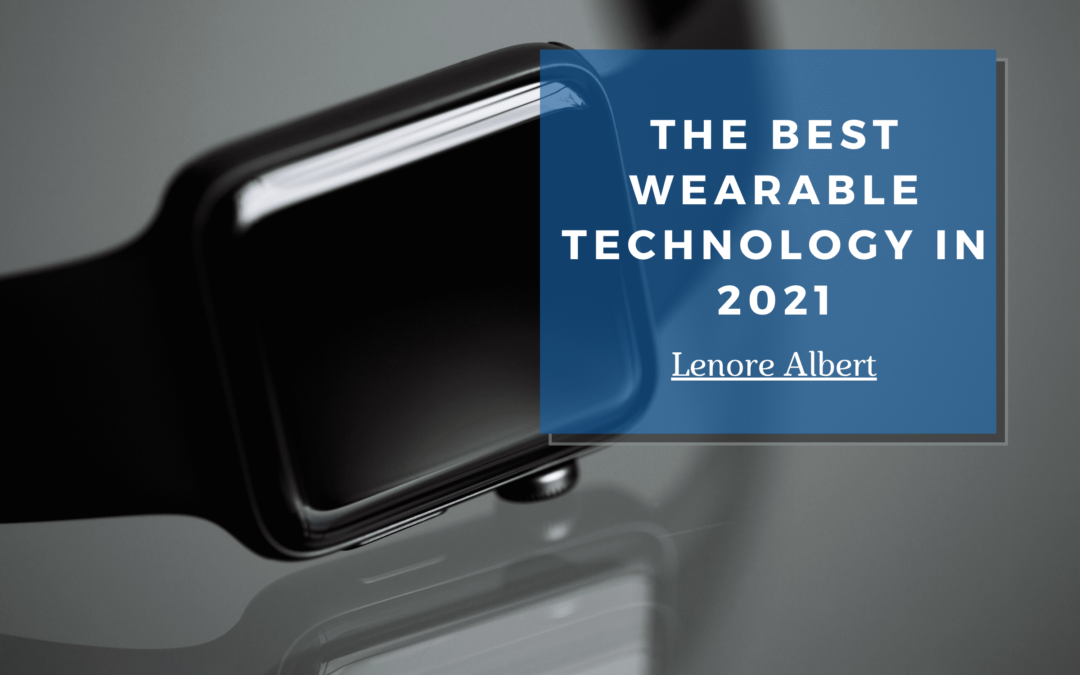Wearable technology has become more affordable in recent years. Many are familiar with devices that make monitoring fitness easier or serve as a source of unique entertainment. However, recent trends expand the functionality of the devices even further.
Advancement of Personal Health Devices
Traditional smartwatches provide wearers with sleep habits, blood pressure and pulse readings. In lieu of Covid-19 symptoms, the latest models created by Fitbit and Huami now include blood oxygen sensors, ECG monitors and body temperature readings. The data is also stored in the devices. Having the information enables users to seek medical attention quicker should they exhibit abnormal readings, which means the potential for saving lives.
Smart Masks
As masks became part of normal daily accessories, companies were inspired to make protective wear even more effective. Razer created Project Hazel masks that contain active filtration in addition to UV light that minimizes infection by killing the virus before it penetrates the device. The masks also have an amplifier to enhance verbal communication. The Japanese company known as Donut Robotics created a device containing voice recognition that enables wearers to use their smartphone to make calls or send texts without ever having to touch the phone. The Halo mask by Airpop monitors the air and uses the data to protect the wearer against microbes or other airborne contaminants.
Brain-controlled Wearables
The simple Cove headset uses vibrations to stimulate specific neural pathways in the brain to reduce stress and encourage sleep. Users need merely wear the device for 20 minutes a day in an effort to retrain the brain and stimulate the right neurons to alleviate stress. Unlike having to use anti-anxiety or sleep-aid medications, there are no side effects from wearing or using the headset.
5G Networks
Enlarging the network creates the potential for increasing speeds exponentially compared to 3G and 4G networks. But, the technology offers wearable advantages too. More devices may function in the same geographical area, which is a boost in busy urban areas where more people use networks simultaneously. Lighter and smaller wearable devices are possible in the foreseeable future. As the network broadens, so too does bandwidth. In this way, devices are better able to store data on the cloud instead of in the wearable itself.
